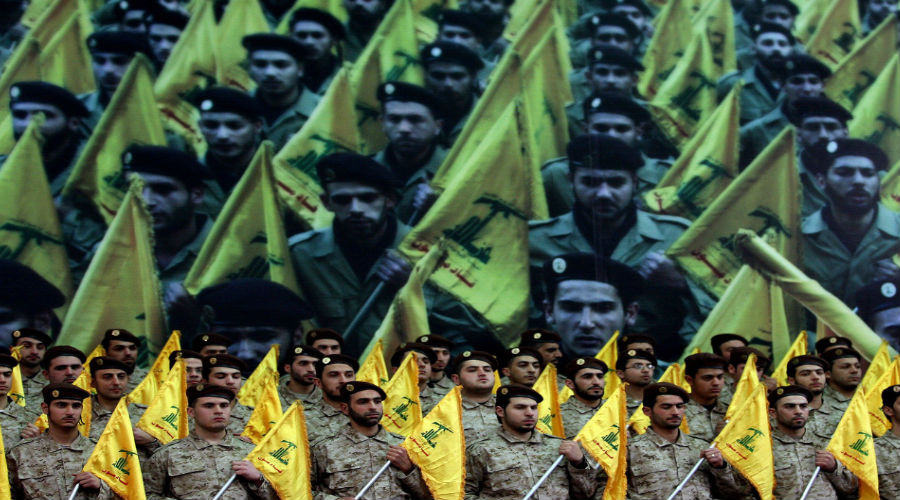The prospect of Iran replicating the Lebanese Hezbollah model in other countries can no longer be ruled out, amid the pressure of the new sanctions imposed on Tehran in the wake of the US withdrawal from the nuclear deal on May 8, 2018. One of the objectives that Tehran may seek to achieve through such move is to exploit its regional influence to reduce the US pressure and, perhaps at a later stage, bolster its negotiating position versus Washington in any potential new negotiations.
However, there are other objectives that Iran may try to achieve, if it decides to press ahead with this option, such as creating loyal military arms in Afghanistan. Hence, Iran will be able to possess instruments to influence the government decisions in the stage leading up to a settlement of the Afghan crisis, as well as enhance its prospects of participating in the efforts to reach such a settlement.
The “Fatimid Brigade” Settlement
The militias that Iran has formed and trained, to fight along with the Assad regime, will not stay in Syria forever. From the outset, these militias were not created to settle in a specific state. They are essentially “mobile militias” that will be deployed where Iran’s interests require, whether in Syria, Iraq, Lebanon, Yemen, Afghanistan or others.
Accordingly, deploying elements of these militias, or groups of them, to their countries of origin remains a strong possibility in the coming period, given the relative stability in Syria and the changing balance of military power in favour of the Syrian regime.
This means that by the end of their missions in Syria, a new stage will begin, in which these militias will be assigned different roles in other countries. Thus, the Fatimid Brigade, which according to various reports, ranges between 8,000 and 14,000 Afghans, may be at the forefront of the militias, which can be resettled in their original homeland, Afghanistan.
Originally, Iran formed this militia from the Afghan refugees who have been residing in Iran, providing them with material and social benefits to co-opt them to prop up the Syrian regime. Iran provided them with monthly salaries and citizenship to family members, threatening at the same time to expel those who refuse to do so.
According to estimates, the number of Afghan refugees living in Iran amounts to about 3 million people, of whom only 1 million registered as refugees, while others live informally. However, their number has begun to decline recently, due to the economic pressure ensuing from the US sanctions, with waves of refugees heading to other countries.
Parallel Paths
Yet, engaging in an open confrontation with Washington in Afghanistan is not an immediate option for Iran at the moment. Tehran may put this option on hold until it forms a clear picture of the next stage, namely after assessing the impacts of the US sanctions on the Iranian economy or on its regional role and its continued support for the Syrian regime and other militias.
In other words, the use of these militias to target American interests will come at a later stage, particularly if the US administration is to ratchet up the current sanctions and try to cut its oil exports to zero, after the exemptions granted to some major buyers expire, or if the US decides to exercise other options to confront the Iranian presence on the ground in some conflict countries, particularly Syria.
Iran may attempt to test other options, before repeating what happened in Iraq after the overthrow of the Saddam Hussein regime in 2003. Numerous estimates believe that Tehran is responding positively with the US endeavours to resolve the Afghan crisis, or at least not obstructing them.
In doing so, Tehran may be signaling Washington that a relative consensus can be reached on some regional issues, and to convince the latter of the need to adopt other options rather than the current escalation.
Yet to date, there have been no indications that Washington will respond to the Iranian signals. On the contrary, the remarks of US officials suggest that Washington will likely ramp up the pressure on Iran to force it to yield to the US demands with regard to the nuclear agreement and the regional role.
The latest direct threat to Iran came from the US National Security Advisor John Bolton, on November 14, stating that “The objective has been from the beginning to get oil exports from Iran down to zero. It is our intention to squeeze them very hard.” This statement suggests that in the coming period Washington will employ several mechanisms to dry up the financial resources upon which Iran rely to develop its nuclear and missile programs.


